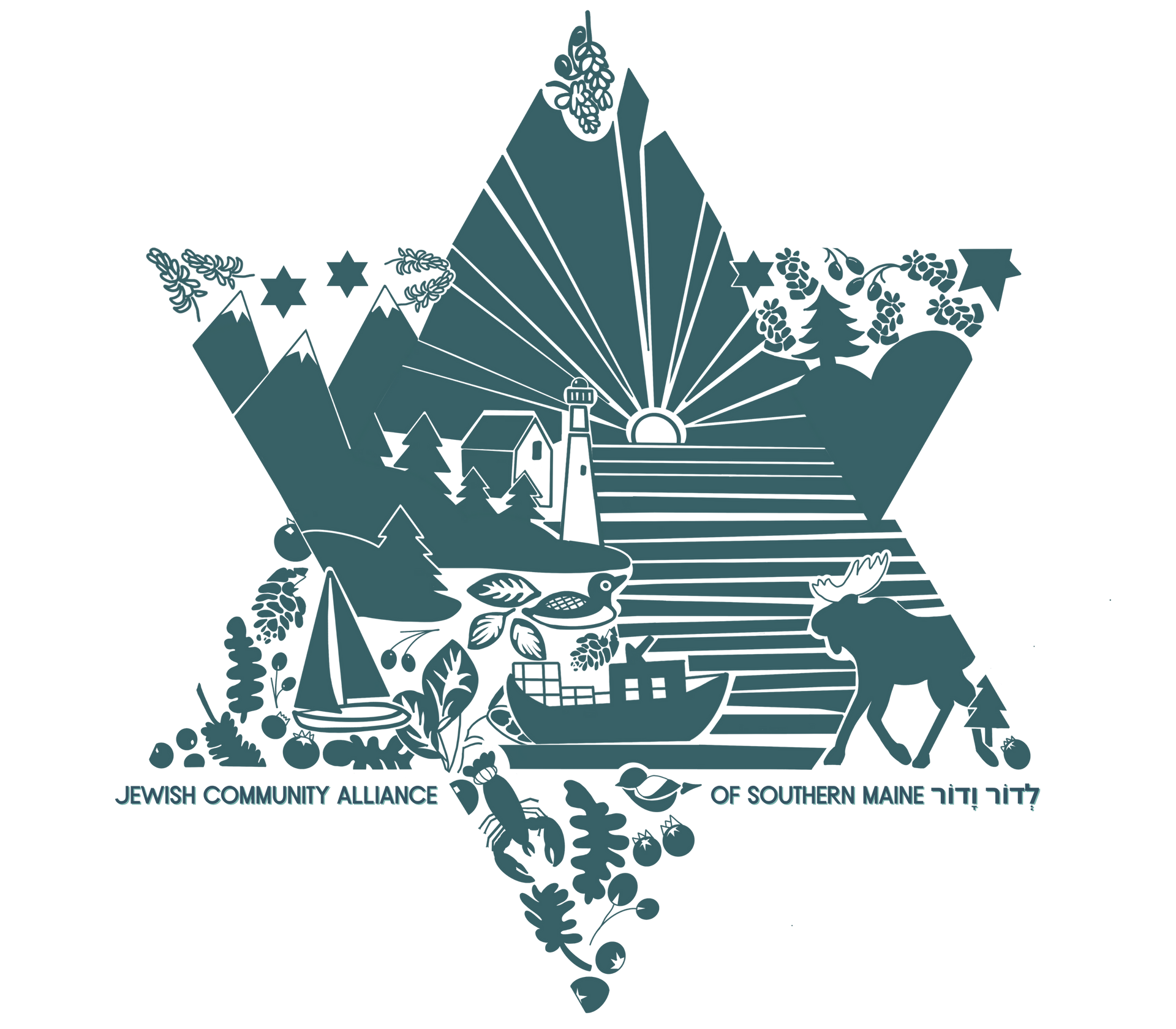What's New In Jewish News
What's New in Jewish News this Week
Fallout from antisemitic Colorado terrorist attack continues — The man accused of throwing Molotov cocktails at demonstrators while yelling “Free Palestine” and “End Zionists” was charged on Thursday with 118 criminal counts, including attempted murder, assault, cruelty to animals, and explosives crimes. You can read the Jewish Federations of North America’s official statement condemning the attack and calling for direct action by lawmakers.
In one small spot of brightness, the Jewish Council for Public Affairs partnered with the Leadership Conference on Civil & Human Rights to organize a joint statement from 60 civil rights groups in response to the recent antisemitic attacks. The statement makes unequivocally clear: "The targeting of Jews because of the actions of the Israeli government, or because of their real or perceived relationship with Israel, is antisemitic. And it is unacceptable.”
IDF recovers bodies of slain hostages Gadi Haggai, Judih Weinstein in Gaza operation - The Israel Defense Forces and Shin Bet security agency recovered the bodies of slain hostages Gadi Haggai and Judih Weinstein from the southern Gaza Strip in an operation overnight, it was announced Thursday. Gadi and Judih had been held by the Mujahideen Brigades, a relatively small terror group in the Strip that was also responsible for the abduction and murder of Shiri Bibas and her two young sons, Ariel and Kfir. President Isaac Herzog called the recovery of the bodies “a moment of deep pain, but also one of solace and the resolution of uncertainty.” Read more at the The Times of Israel.
Washington Post retracts Gaza aid report, says it failed to meet 'fairness standards -
You may have seen reports this week about the IDF allegedly firing on Palestinian civilians attempting to collect aid. The Washington Post itself initially reported that “at least 31 people were killed Sunday morning in Southern Gaza.”
It turns out, this story was incorrect. Palestinian sources have
stated that it was Hamas who fired on Gazans collecting aid in Rafah. Since then, The Washington Post has retracted its story, admitting it had failed to meet its own standards by omitting Israel’s denial and relying solely on Hamas-run sources. Unfortunately, this story is part of a much broader pattern of Western news organizations relying on sensational or incorrect reporting about the Israel-Hamas war—a fact that no doubt has contributed to the rising tide of antisemitism in the US.
NYC Democratic primary centers around Jewish community, Israel — With over 1 million Jews, and a full 10% of residents identifying as Jewish, New York City is the biggest population center of Jews in the United States—and their mayoral debate reflected that this week. Asked where they would take their first trip overseas, multiple candidates said Israel. Former New York Governor and mayoral candidate Andrew Cuomo has said antisemitism is the “most important issue” of the mayoral race, and Mayor Eric Adams—who was not at this week’s debate—is running on an #EndAntiSemitism ballot line. Notably, one candidate, Zohran Mamdani, stirred controversy when he said that while “Israel has a right to exist as a state with equal rights,” he could not endorse Israel’s existence as a specifically “Jewish state."
In other NYC Jewish news, the city’s first-ever month-long celebration of Sephardic Jewish culture—whose history coursed through the Iberian peninsula in medieval times—is now underway. The Festival Sefarad brings Sephardic food, film, lectures and more to venues across the city in June. Read more about the Festival at the Jewish Telegraphic Agency.
Other Articles







